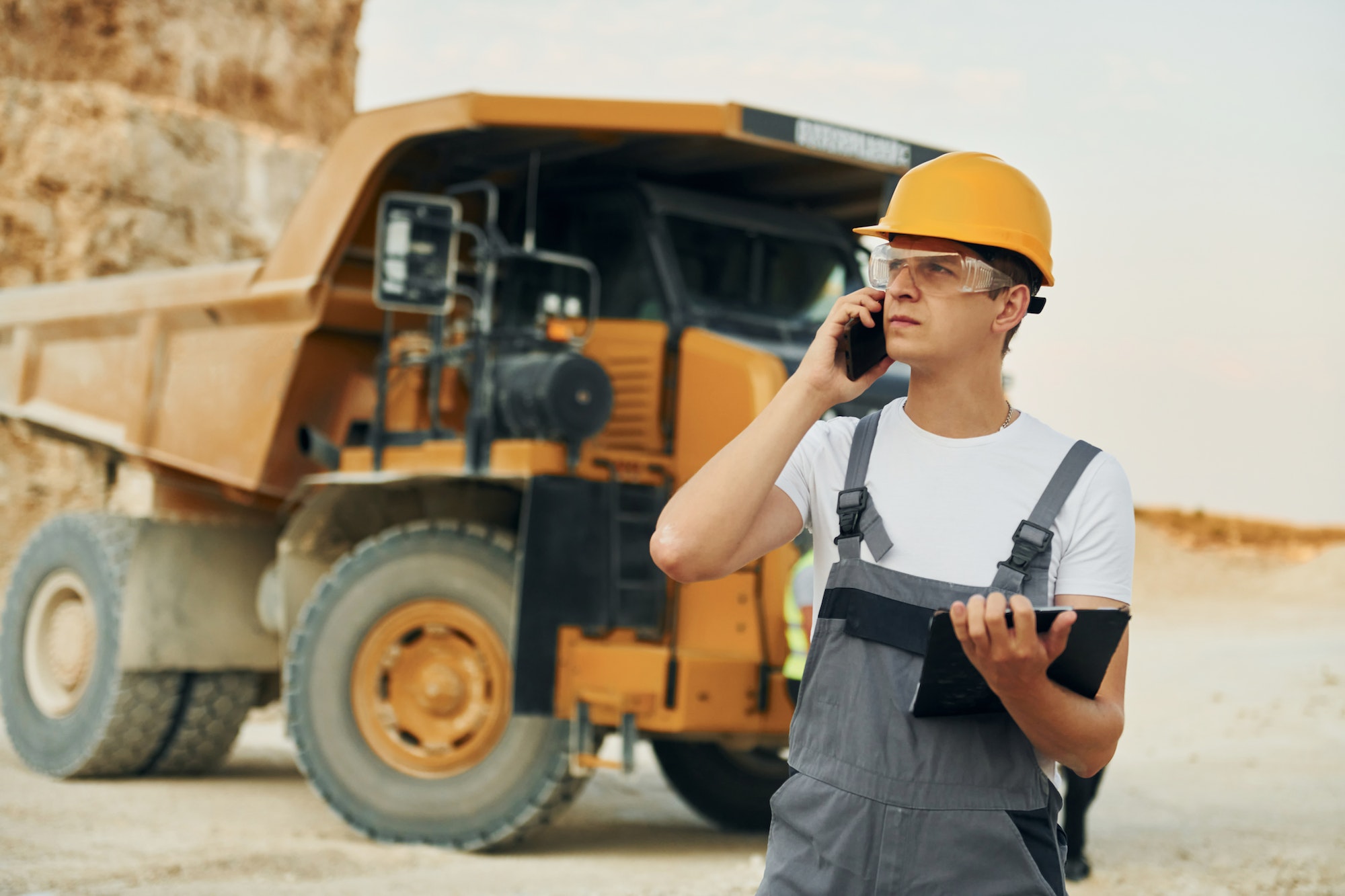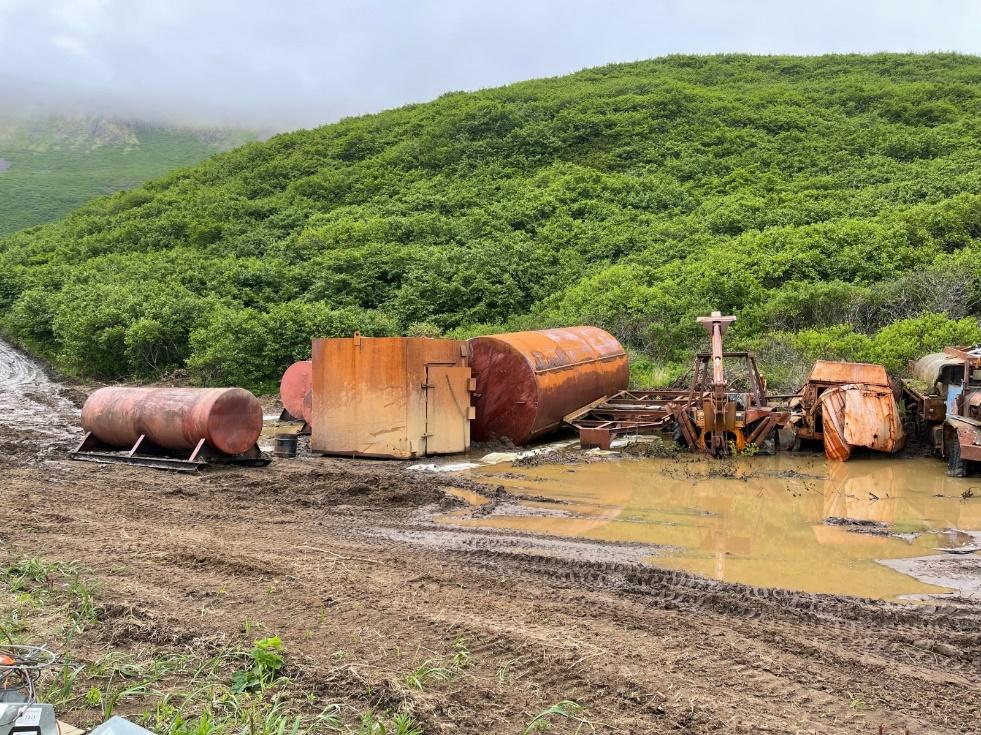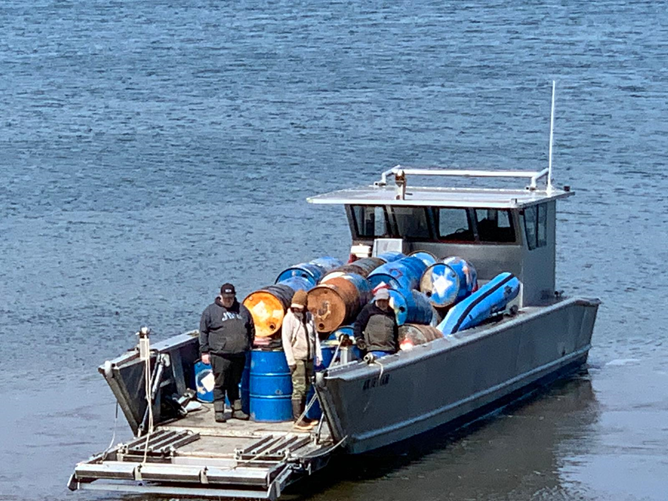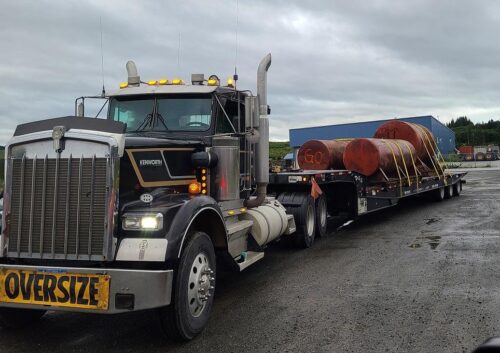

The Future of Mining Has Arrived
By Matt Badiali
In July, I stood off to the side of the stage and watched a video that encapsulated everything we want to do at Mangrove Investor.
I was the master of ceremonies for the Rule Symposium on Natural Resource Investing. The speaker was billionaire mining entrepreneur Robert Friedland. He’s the founder and chairman of Ivanhoe Mines (TSX: IVN).
While on stage, he played a video about the company’s development that sent chills down my spine.
Ivanhoe leads the way in new mining practices. You can see the video here.
In our New Energy publication, we focus on the transition to a new, electrified world. One where combustion engines give way to batteries.
And that means a surging need for mined materials.
Lithium, copper, cobalt, nickel, etc., all come from mines. And traditionally, mining is an ugly, polluting business.
We feel that legacy mining companies like Vale (NYSE: VALE) are uninvestable due to their environmental problems. These are bad actors from environmental, safety, and social aspects.
That’s the conundrum we face as investors. We want batteries to enable a lower-carbon future… but we have to pull metal out of the ground to meet demand.
Fortunately, the mining industry is ahead of the curve.
The new mining paradigm starts with the environment, safety, and community. Here’s an example of what that means down at the exploration stage.
Reclamation on Unga
Heliostar Metals (TSX-V: HSTR) is a tiny gold exploration company that owns the Unga project in Alaska.
Full disclosure: I own shares of this company and do some consulting for it as well. That’s how I ended up on Unga Island last summer.
Unga Island sits just south of Perryville about a third of the way down the Aleutian Island chain.
It was the location of Alaska’s first underground gold mine. And it has hosted exploration and production since the late 1800s.
Due to its remote nature, food, fuel, shelter, and equipment all must come to Unga by boat. The logistics get expensive, especially for small companies.

Historically, companies that explored the island simply abandoned used material and equipment rather than pay to remove it. Drums, buildings, and even vehicles dating back to the 1800s remain on the island.
While I was there, I saw firsthand the pile of trash and debris that Heliostar’s team had collected from sites all over the island.
Heliostar acquired Unga in 2020 and saw a way to introduce itself to the local community in a positive way.
As part of its initial site work, Heliostar’s team made sure to include funding to clean up the legacy of waste from former operators.
Joy Huntington, Heliostar’s community relations manager, worked with the townspeople to organize the cleanup.
It was a huge job. I recorded a two-part podcast (Grove Pod Episode 5 and Grove Pod Episode 6) with Huntington about her work in community relations and her consulting firm Uqaqti.
The company moved the debris off the island by boat. It contracted a local operator to run trips from Unga to the nearby town of Sand Point for recycling.

The material included 55-gallon drums up to 1,000-gallon steel tanks. The large tanks filled a semitrailer and went to Soldotna for recycling.

This is what we mean by “new mining.”
In the past, companies abandoned used material on site. That was part of the process. And decades of that practice (among others) left the world with a poor view of mining.
It doesn’t have to be that way.
A few years ago, I flew to Ireland to look at zinc mines. We visited a mine owned by Boliden (OTC: BDNNY) that sat almost in a town.
As we approached the mine, you couldn’t tell it was there.
Gardeners maintained the lush, tree-shaded grounds. There were no ugly pits or piles of naked rock.
The process was designed to minimize the mine’s footprint and fit in with the town.
And the community embraced the mine.
That feels weird to say, but it’s true.
The mine was a beloved employer because Boliden operated it within the bounds of a good community member. That’s the bar the mining industry must meet in the future.
You wouldn’t expect the local supermarket to be an unsightly mess. And we shouldn’t accept that from a mining company just so it can eke out another couple of cents per pound on its production.
All during the week’s presentations at the Rule Symposium, I noticed a trend: Many of the companies discussed their social impacts during their presentations.
The trend toward new mining is real. And as I watched the Robert Friedland video, I could see the future.
Good Investing,
Matt Badiali
P.S.: I own shares of Heliostar and do some consulting work for it. I don’t work with many companies, but I think CEO Charles Funk and his team do exploration and development the right way. Heliostar is a leader in the new mining paradigm.
I met Joy Huntington through them. (Listen to our two-part podcast with Joy: Part One and Part Two.)
Numbers to Know
112
The current official tally of deaths related to Hurricane Ian. The death toll continues to grow as medical examiners determine how people died and whether they should be counted as storm-related fatalities. State data show the majority of victims were over the age of 70. (Fox Weather)
$51,974
The cost of an electric F-150 Lightning pickup truck after Ford hiked its price for the second time in two months. The truck cost under $40,000 when it debuted in April. “That price was obviously not sustainable with today’s rate of inflation, especially when it comes to battery materials,” said Sam Fiorani, VP of global vehicle forecasting at AutoForecast Solutions. (Yahoo Finance)
$1.26 million
The fine that reality TV star Kim Kardashian has to pay to settle charges by the Securities and Exchange Commission over a cryptocurrency promo. Federal regulators said Kardashian failed to disclose she was paid $250,000 to publish an Instagram post about EMAX tokens in June last year. (NBC News)
What’s New in Sustainable Investing
Michigan lures $1.6 billion battery factory in fight for EV jobs
The state awarded incentives to two new battery projects – a local startup building a cell plant, and a Chinese firm planning to produce battery components – as Gov. Gretchen Whitmer seeks to secure future automotive jobs in the state. (Bloomberg)
The climate economy is about to explode
Investment bank Credit Suisse published a research note last month arguing that the Inflation Reduction Act is even more important than has been recognized so far. The new legislation “will have a profound effect across industries in the next decade and beyond” and could ultimately shape the direction of the American economy, the bank said. (The Atlantic)
Links We Like
“Some experts envision a future where EVs can strengthen power grids if used cleverly. Vehicle-to-grid, or V2G, technology would transform plugged-in electric cars into a distributed battery system that could help utilities store electricity for emergencies or times of excessive demand.” (Business Insider)
“Facing recent years of drought, record heat waves, and major wildfires, [California] Gov. Gavin Newsom on Thursday signed an agreement with the leaders of Oregon, Washington, and British Columbia to accelerate and expand efforts to reduce greenhouse gases and address the impacts of climate change.” (The Mercury News)
“It’s no secret fast fashion is bad for the planet. But looking for fashion brands that are actually sustainable can be hard. That’s why we talked to sustainability experts to help you find the best low-impact sweaters that will keep you cozy this fall.” (CNN)


